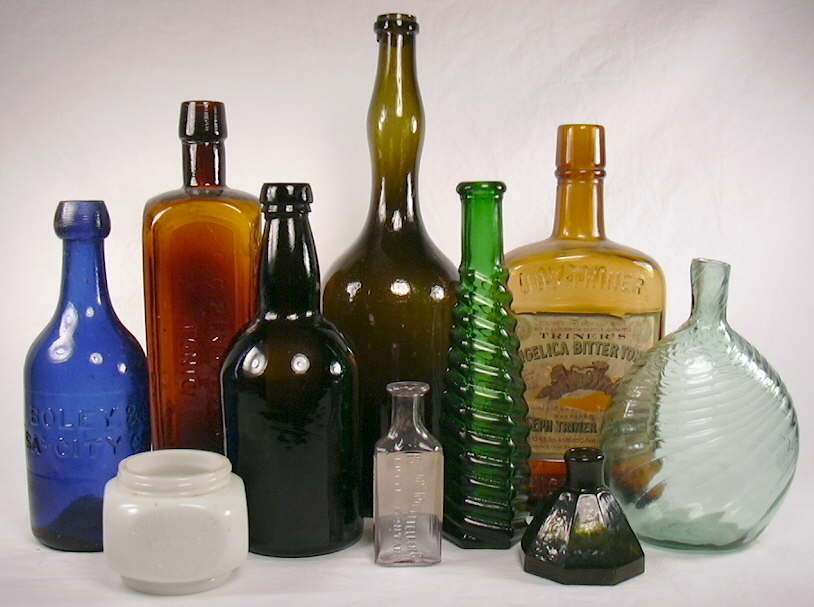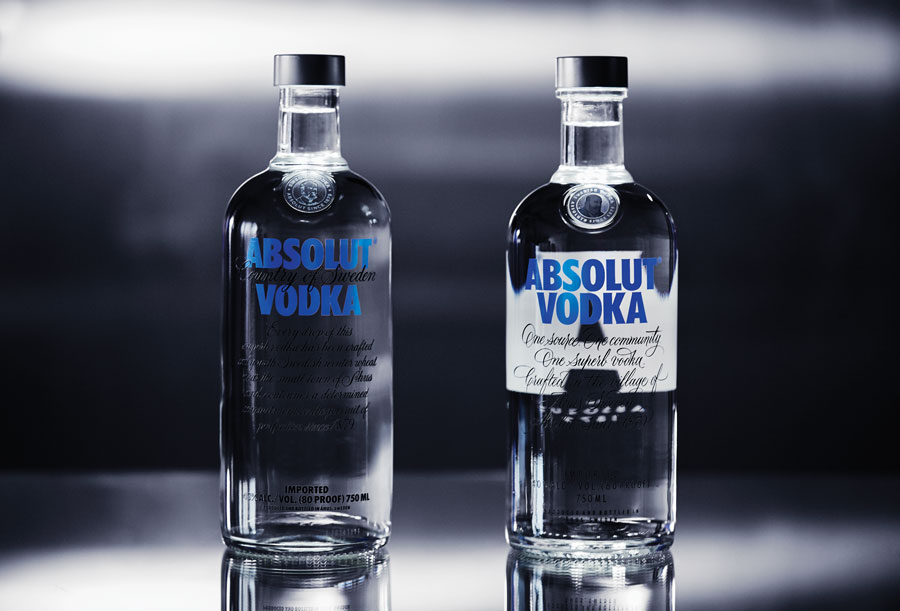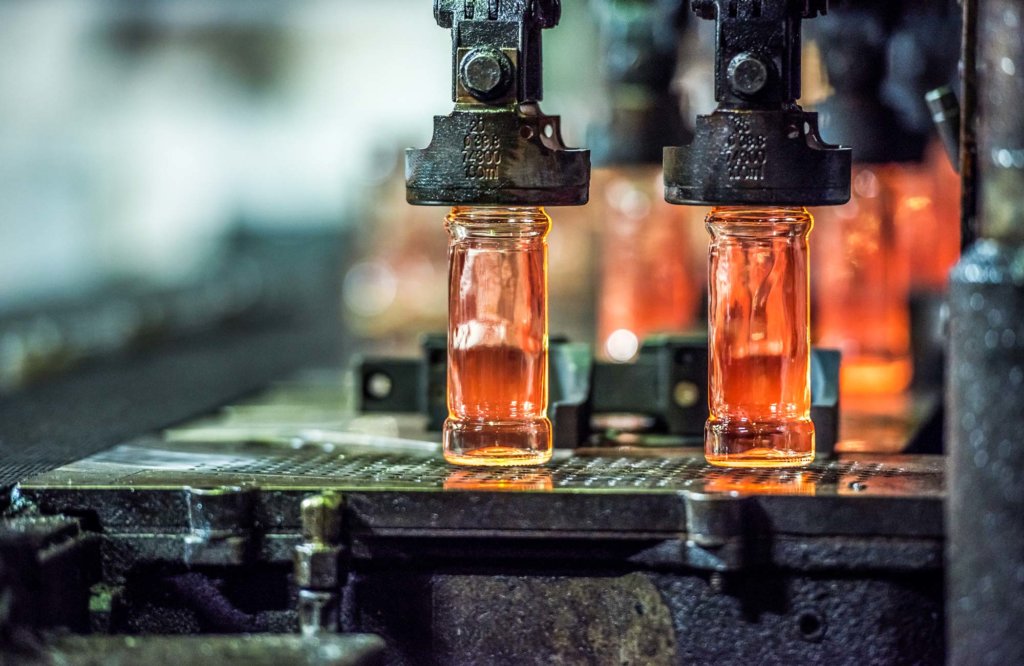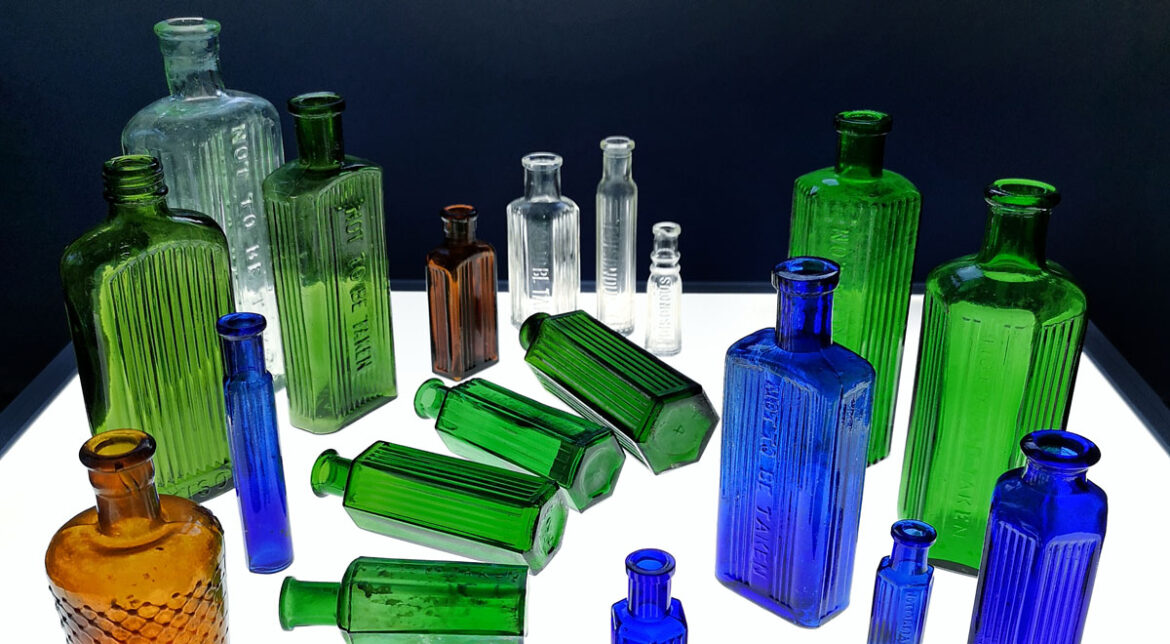Glass bottles are one of the oldest and most enduring forms of human packaging. From their inception in the 17th century, glass bottles have seen numerous changes throughout history as they evolve from fragile to resilient vessels for liquids and other materials.
In this article, we will explore how these humble containers have developed over time to become a cornerstone of modern-day packaging solutions.
We will examine the various designs that have been adopted through centuries of experimentation, culminating with today’s more resilient versions that can handle much harsher conditions than ever before.
Along our journey, will uncover some fascinating stories about how these simple items became so vital in our everyday lives.
The Many Forms of Early Glass Bottles

Source: sha.org
Throughout history, the evolution of glass bottles has been an incredible journey. From fragile vessels made from blown or cut glass to resilient modern-day pieces featuring intricate designs, early glass bottles have come a long way.
The earliest form of glass bottle was the Roman “bubble” bottle which featured a rounded bottom and flat top. These were typically crafted by blowing hot molten glass into a mold. In the 17th century, Venetian artisans began producing flasks with octagonal sides that could be sealed using corks and wax, creating some of the first airtight containers for liquids like olive oil and wine.
In England during this period, many decorative styles emerged such as faceted bottles that had multiple cuts on their surface resembling diamonds or star shapes giving them even more character than before.
The 18th century saw advances in furnace technology allowing for larger batches of molten material to be processed at once leading to mass production capabilities as well as complex engineering techniques like double-molding used to create various shapes including cylindrical beer jugs and whiskey decanters distinguished by their ornate stoppers.
It wasn’t until later in the 19th century when colorless soda-lime became widely available that clear forms of these containers started becoming commonplace in households across Europe and North America alike. Today there are numerous types of early glass bottles available ranging from antique collector’s items to contemporary commercial varieties with colorful logos printed onto them – all testament to the remarkable development over time!
Strengthening the Bottle Design

Source: en.wikipedia.org
As glass bottles have evolved over the centuries, so too has their design. From fragile to resilient, manufacturers have worked hard to strengthen the bottle design to provide consumers with an improved and more reliable product.
This process began by introducing thicker walls that provided additional stability and durability while still allowing for a lightweight container. This was followed by using specialized coatings on the inside of the bottle which helped prevent it from shattering due to temperature fluctuations or drops.
Further innovations included strengthening agents added directly into the glass mixture itself, providing structural integrity while keeping the weight low at all times. Finally, new designs such as hourglass shapes were adopted to provide additional strength without compromising aesthetics or convenience for users.
These changes combined create a much stronger bottle than those used just a few decades ago making them better suited for today’s environment where accidents can happen anytime, anywhere.
Innovations in Technology and Manufacturing Techniques

Source: www.glassonline.com
The evolution of glass bottles has been driven by innovations in technology and manufacturing techniques. Manufacturers have made strides to develop more resilient bottles that can withstand the rigors of transport, storage, and use.
In recent years, advances in materials science have allowed for thinner walls with increased strength at a lower cost than ever before. New production methods allow glass makers to create intricate designs on bottles while maintaining their structural integrity.
With more advanced machinery and optimized processes, manufacturers can produce higher-quality products with greater efficiency. The result is a bottle that is both durable and aesthetically pleasing – an ideal combination for modern consumers who demand quality without sacrificing style or convenience.
Reflecting on the Evolution of Glass Bottles

Source: www.stoelzle.com
Glass bottles have come a long way since their inception. From the fragile glass of yesteryear to today’s resilient and sustainable options, manufacturers have continually pushed boundaries in terms of design and materials used.
Today, glass bottles are stronger than ever before, while also being more eco-friendly for our planet. It is clear that innovation in this area has been paramount in creating a product that lasts longer and stands up against all kinds of wear and tear.
Glass bottles are now an essential part of any home or business as they provide safe storage solutions for drinks and other products alike.

